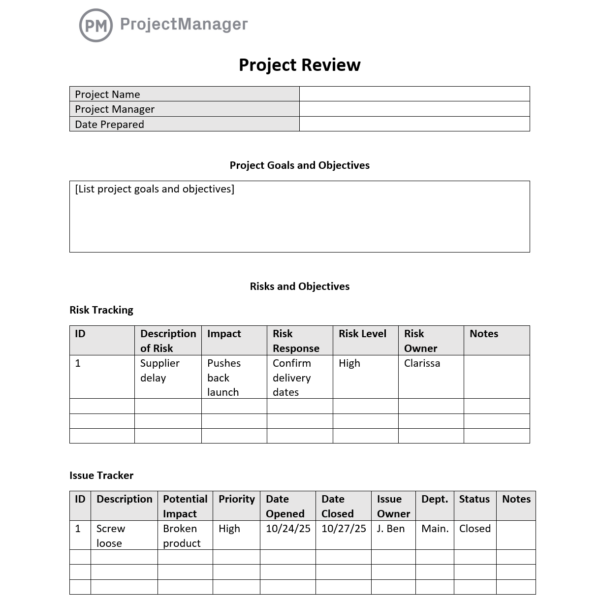Transform your building project from chaos to clockwork with our expert-crafted construction phase plan template – your blueprint for seamless project delivery.
In today’s complex construction landscape, having a well-structured construction phase plan isn’t just good practice – it’s essential for project success and legal compliance. Whether you’re managing a small renovation or overseeing a large-scale development, this comprehensive guide will walk you through creating and implementing an effective construction phase plan that ensures both safety and efficiency.
Understanding Construction Phase Plans: The Foundation of Project Safety
A construction phase plan is a legally required document under the Construction Design and Management (CDM) Regulations 2015 in the UK. It serves as the cornerstone of project safety management, detailing how health and safety risks will be managed throughout the construction phase. Recent statistics show that construction sites with comprehensive phase plans see up to 40% fewer safety incidents, highlighting their crucial role in project success. The plan must be in place before construction work begins and should be proportionate to the size and complexity of the project, while addressing specific site risks and challenges.
Essential Components of Your Construction Phase Plan
Project Description and Key Information
Every effective construction phase plan begins with a clear project overview. This foundational section must include:
- Detailed project scope and objectives
- Site location and access arrangements
- Key project milestones and timeline
- Client details and principal contractor information
- Emergency contact information
- Project team structure and responsibilities
Management Arrangements and Site Rules
Effective site management is crucial for project success. Your plan should outline:
- Site security measures and access control
- Working hours and noise control procedures
- Emergency response protocols
- Welfare facilities arrangements
- Communication channels and reporting structures
- Training requirements and competency checks
Risk Assessment and Control Measures
This critical section requires detailed attention to potential hazards and their mitigation strategies. According to HSE data, 61% of construction accidents are directly linked to inadequate risk assessment. Your plan should comprehensively address:
– Working at height protocols
– Manual handling procedures
– Control of substances hazardous to health (COSHH)
– Fire safety measures
– Personal protective equipment (PPE) requirements
Creating Your Construction Phase Plan: Step-by-Step Guide
Initial Setup and Project Details
Begin by establishing the fundamental elements of your plan:
- Create a project overview document
- Define key project stages and milestones
- Identify all stakeholders and their roles
- Establish communication protocols
- Document site-specific requirements
Developing Site Arrangements
Site arrangements must be meticulously planned to ensure smooth operations. Research shows that well-planned site logistics can improve project efficiency by up to 25%. Consider:
– Site layout and storage areas
– Traffic management systems
– Delivery schedules and procedures
– Waste management arrangements
– Utility connections and temporary services
Implementing Safety Protocols
Safety protocols must be comprehensive and clearly communicated. Key considerations include:
- Emergency evacuation procedures
- First aid arrangements
- Incident reporting systems
- Safety equipment maintenance schedules
- Regular safety briefing protocols
Making Your Plan Work: Practical Implementation Tips
Communication and Coordination
Effective communication is vital for plan success. Implement these strategies:
- Regular toolbox talks and safety briefings
- Clear signage and safety notices
- Digital communication platforms for instant updates
- Regular team meetings and progress reviews
- Documentation of all safety-related communications
Monitoring and Updates
Your construction phase plan should be a living document that evolves with the project. Establish:
– Weekly safety inspections
– Monthly plan reviews
– Incident investigation procedures
– Feedback mechanisms
– Documentation update protocols
Common Pitfalls and How to Avoid Them
Industry data shows that 70% of project delays are attributed to poor planning and inadequate risk management. Avoid these common mistakes:
- Insufficient detail in risk assessments
- Lack of regular plan updates
- Poor communication of changes
- Inadequate training provisions
- Incomplete emergency procedures
Conclusion: Your Path to Project Success
A well-crafted construction phase plan is your roadmap to project success. By following this comprehensive guide and template, you’ll create a robust framework that ensures safety, compliance, and efficiency throughout your construction project. Remember to regularly review and update your plan, maintain clear communication channels, and stay proactive in risk management. With these elements in place, you’re well-equipped to deliver successful construction projects that meet both safety requirements and project objectives.
FAQ
What includes construction phase?
What is the construction phase? The construction phase is the physical process of building and all other associated activities such as landscaping, refurbishing, site clearance, and demolition. The contractor typically performs the construction work.
What is a phasing plan?
A phasing plan describes the timings of when each stage of your development will be completed.
Sources
[1] https://www.safecontractor.com/wp-content/uploads/Guidance-Note-43-Construction-Phase-Plan-Guidance-Note-December-2016.pdf
[2] https://www.citb.co.uk/media/ocsgdlyy/construction-phase-plan-example.pdf
[3] https://www.hse.gov.uk/pubns/cis80.pdf


Leave a Reply